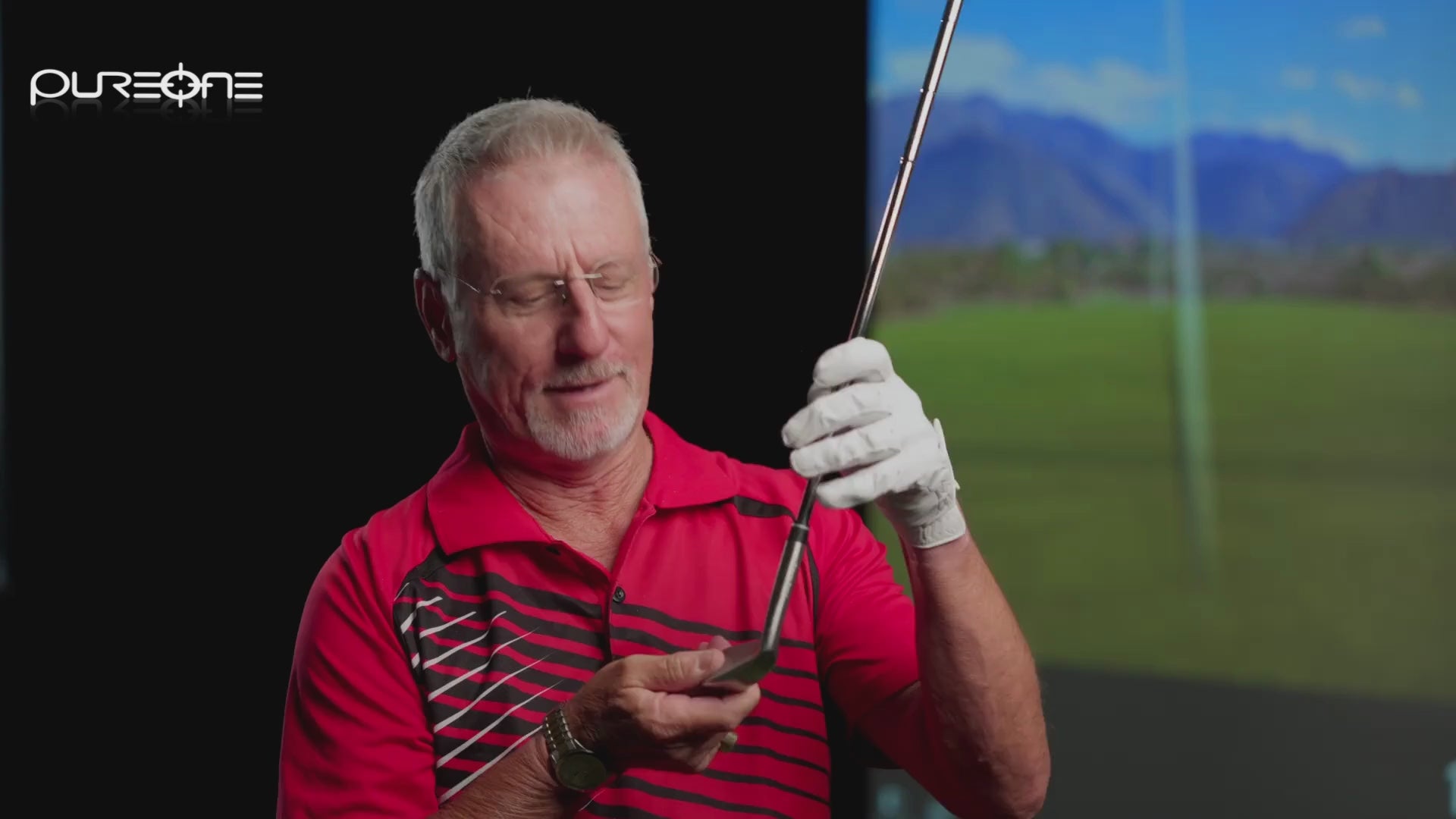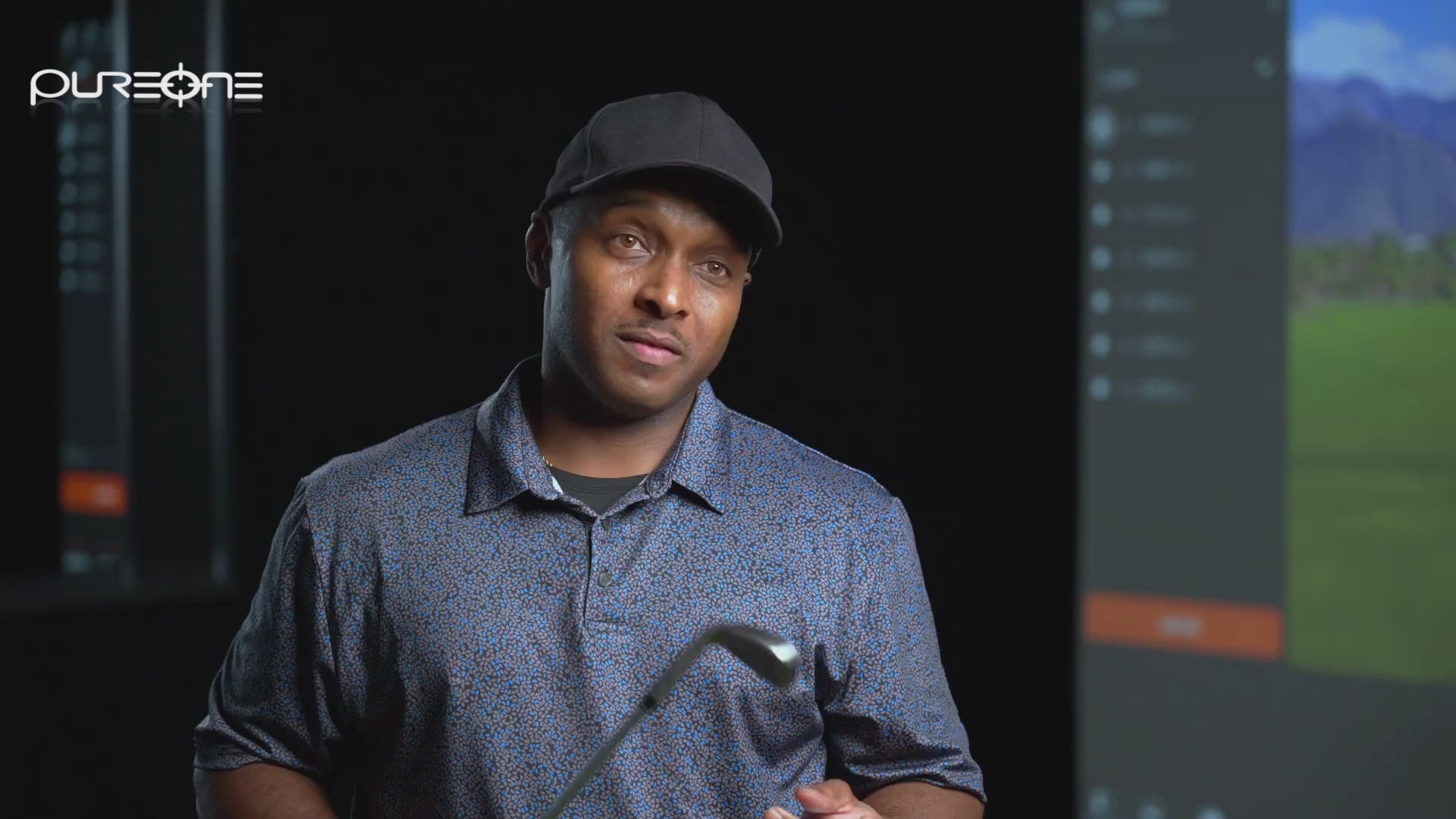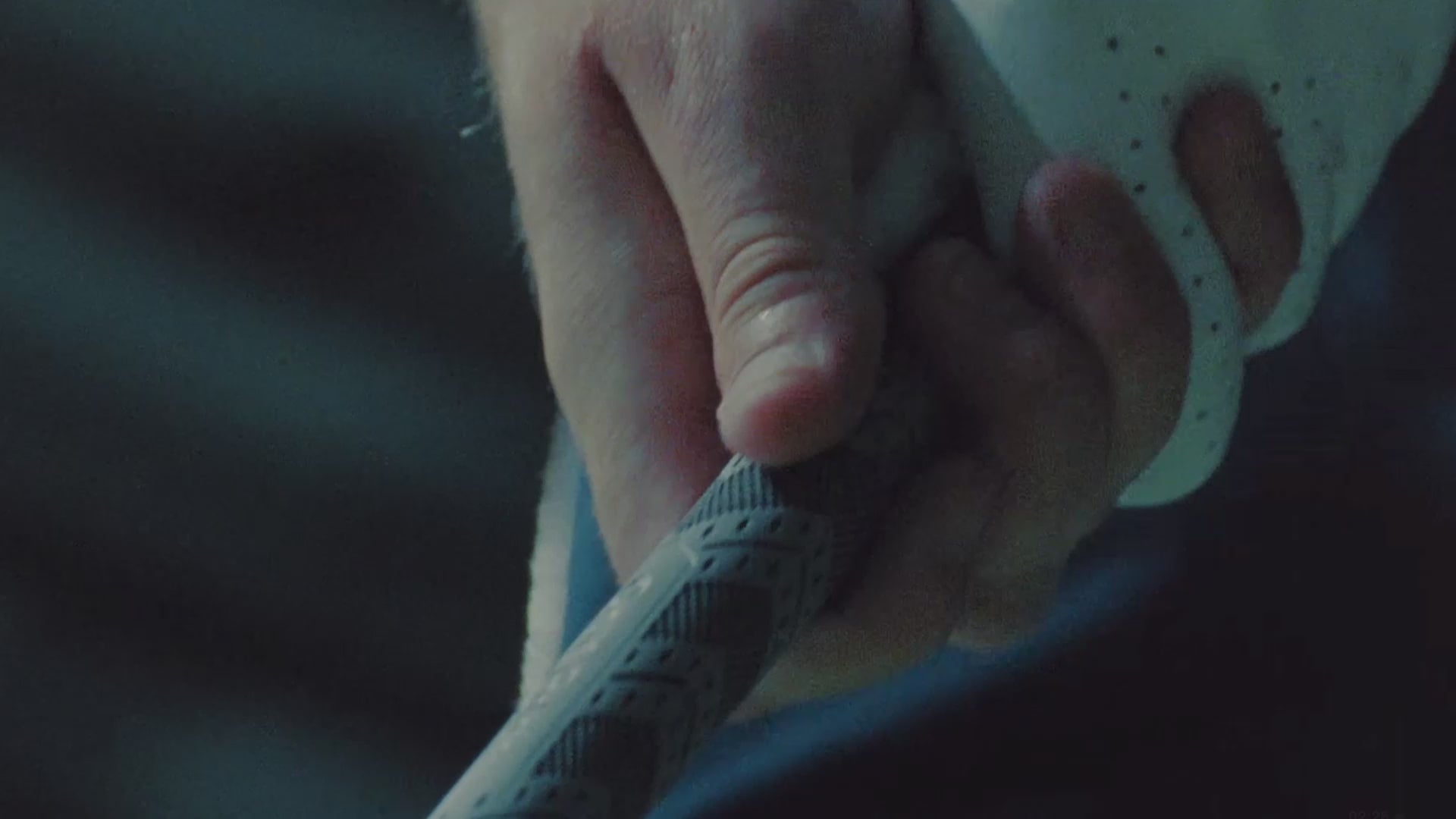50-Yard Wedge Shots: The Keys to Master This Tricky Distance
Jun 06, 2025
OK, so you've had a decent start to the hole and find yourself with a wedge shot from 50 yards. No problem, now it's time to fall back on your practice.
Sadly, in my experience, this is where most golfers struggle: Because they don't often work on these types of shots on the driving range with a PureOne Wedge.
As you try to figure out how to hit this shot, you go back and forth internally, debating what's best. Do you take a full swing with your most lofted club, or go with a half-swing using a gap wedge.
Here's the thing: The 50-yard wedge shot isn't difficult because it requires perfect technique. It's difficult because most golfers approach it with the wrong mindset and zero consistency in their method.
But by reading below, you'll learn how to master this wedge shot and save yourself strokes by doing so.
Why 50-Yard Wedge Shots Are So Tricky
When golfers get within 50 yards of the green, they suddenly start overthinking everything.
Golfers will play a hole perfectly for two or three shots and then suddenly turn into nervous wrecks the second they pull out a wedge. They'll take practice swings that look nothing like their actual swing, change their setup three times, and then hit a shot that either comes up 20 yards short or flies 30 yards over the green.
So what's the secret to stopping the insanity? It's not redoing your swing mechanics or your wedge selection. It's creating a repeatable system that's effective for you from this crucial scoring distance.
The simplest way to achieve this is understanding your yardages on partial wedge shots, avoiding the "hitting and hoping" method that too many amateur golfers use.
4 Swing Thoughts That Actually Work
When facing a dreaded 50-yard wedge shot, I always suggest golfers follow these simple concepts — which will provide both confidence and consistency.
First, commit to your club selection before you take your stance. I see too many golfers second-guessing themselves right up until they start their backswing. Pick your wedge, visualize the shot, and stick with your decision. Doubt kills more short game shots than poor technique ever will — which is why having a trusted pre-shot routine is clutch.
Second, focus on making a smooth and controlled backswing that goes about chest height. This isn't a full swing, but it's not a tiny punch shot either. Think of it as a three-quarter swing with smooth tempo. The key word here is "controlled" — you're not trying to muscle the ball to the target.
Third, keep your lower body quiet and let your arms do the work. Unlike a full swing, where you want that powerful hip rotation, the 50-yard shot is all about upper body control. Your legs should feel stable and supportive, not active and driving.
Fourth, accelerate through impact with confidence. This might be the most important swing thought of all. Too many golfers decelerate on partial wedge shots because they're afraid of hitting it too far. This is where having (and using!) a wedge distance chart is so important.
The "Clock Face" Drill That'll Improve Your Wedge Shots
When it comes to mastering wedge shots from 50 yards, this practice drill is one that my students have used to help their short game. I call it the Clock Face Drill, and it's going to give you precise yardages for different backswing lengths.
See how this 7-step process can help wedge shots of all distances, not just from 50 yards.
Step 1: During your next driving range session, set up with your sand wedge and a bucket of balls. Place alignment sticks or clubs on the ground to create a target area at exactly 50 yards.
Step 2: Imagine your backswing as the hands of a clock. Nine o'clock is when your left arm is parallel to the ground on the backswing, 10:30 is halfway between parallel and vertical, and 12 is a full backswing.
Step 3: Hit 10 balls with your backswing stopping at exactly nine o'clock. Focus on smooth tempo and solid contact. Note the average distance these shots carry.
Step 4: Hit 10 more balls with your backswing reaching 10:30. Again, maintain that smooth swing tempo and track your distances.
Step 5: Finally, hit 10 balls with an 11 o'clock backswing — not quite full, but close to it.
Step 6: Record your average distances for each position. Most golfers find that nine o'clock gives them about 40-45 yards, 10:30 produces 50-55 yards, and 11 o'clock reaches 60-65 yards.
Step 7: Practice this drill regularly, always focusing on smooth tempo and solid ball contact rather than trying to muscle the ball different distances.
How to Build Confidence One Shot at a Time
The beautiful thing about mastering wedge shots from 50 yards is that it immediately improves your scoring. When you know you can consistently get the ball close from this distance, you'll start taking more aggressive lines off the tee and going for more pins with your approach shots.
I've seen golfers drop three-to-five strokes per round by simply getting comfortable with their partial wedge distances. It's not about hitting miracle shots or pulling off incredible recoveries, it's about having a reliable system that works under pressure.
So the next time you're practicing golf, don't just beat balls with your driver for an hour. Instead, spend some quality time on different wedge shots, using the suggested clock face drill to build your confidence and get repeatable results.
PGA of America Golf Professional Brendon Elliott is an award-winning coach and golf writer. Check out his weekly Monday column on RG.org, sign up for his golf newsletter, and visit OneMoreRollGolf.com to learn more about him and his work.






